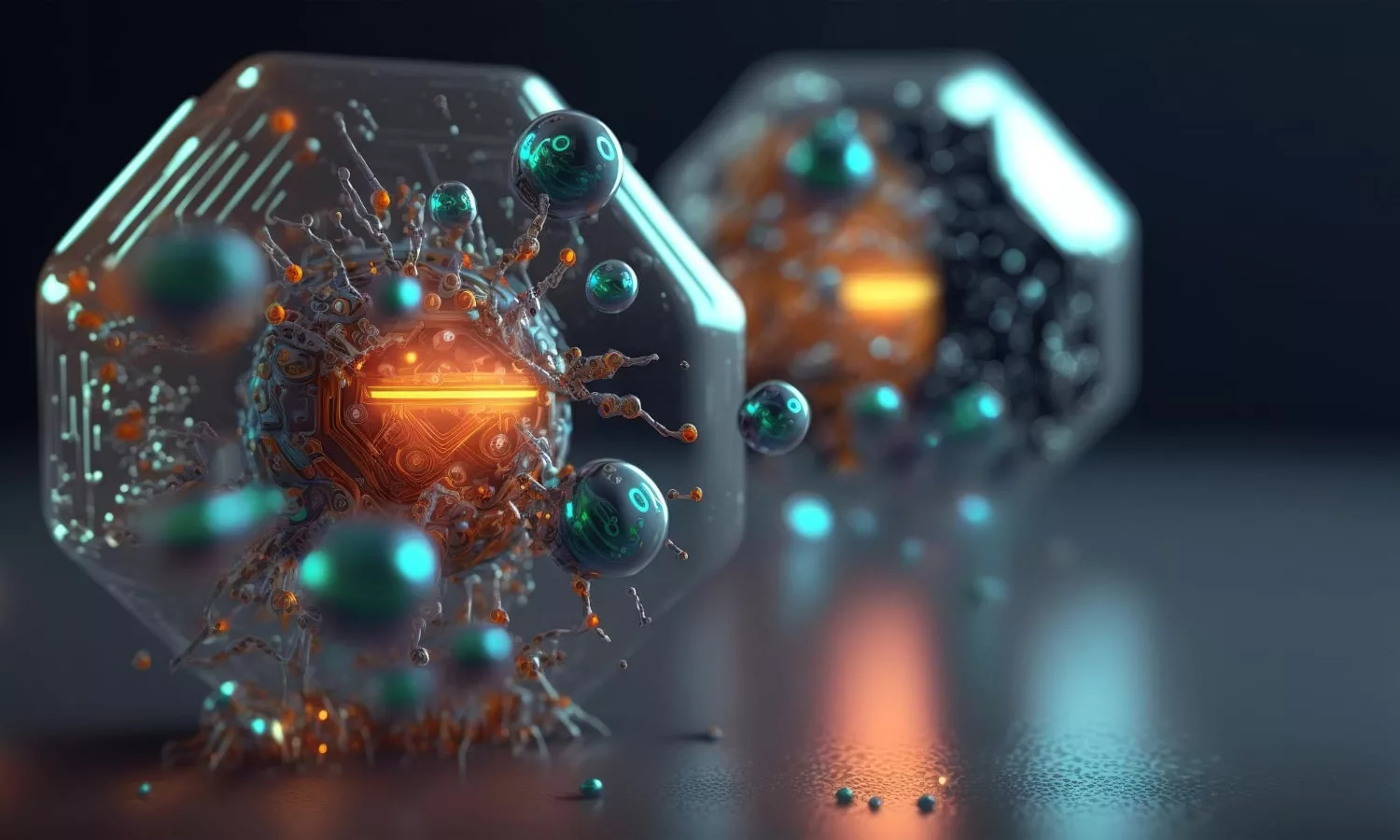Investment Opportunities For Nanotechnology and Materials Science
Opportunities for investment in the fields of Nanotechnology and Materials Science are pretty much for ground-breaking innovations and potentially transformative technologies. In the healthcare field, investing in nanomedicine and biocompatible materials means a revolution in diagnostics, personalised medicine and medication distribution systems.
Because nanotechnology helps the development of electronic components allowing more efficient and faster, it also offers opportunities for investors in the electronic industry. Investments related to energy in developed materials an efficient power transmission and energy storage are ready to grow.
On the other hand, environmental applications like nanomaterials for the removal of pollution and purifying water have beneficial possibilities in sustainable solutions. Sectors of automotive and aerospace offer chances for investments in lightweight and highly efficient materials that lower carbon footprints and contribute to fuel efficiency.

Focusing on nanomaterials for data processing, sensors and data storage, information technology investments support developments in the digital world. The construction sector offers opportunities in smart materials to encourage sustainability, endurability, and infrastructure development. In general, the interdisciplinary nature of Nanotechnology and Materials Science make them attractive subjects for investors who want to participate in later technological progress that has the potential for significant amount of returns.
What are Nanotechnology and Materials Science?

Nanotechnology is a scientific cutting-edge technology discipline that involves using nano-scale materials varying on average between 1 and 100 nanometers. At this tiny scale, materials display incomparable behaviours and characteristics that are different from their similar ones as glomerates. It comprises physics, chemistry, biology and engineering and aims to affect and form structures sensitively.
In other respects, the examination of materials of their features, structure and application from ceramics to metals and polymers is a field of Materials Science. When Materials Science coincides with Nanotechnology, both open up a world of possibilities to create and design innovative materials having advanced functions. And also, scientists and engineers benefit from these advancements to improve leading-edge technologies in several sectors.
This multidisciplinary approach enables us to design, control and understand materials at an atomic and molecular level. Additionally, it opens up groundbreaking applications in electronics, health, energy and other fields. Whereas the synergy between Nanotechnology and Materials Science holds the key to the next technological exploit, researchers keep pushing the limits of what is possible at the nanoscale.
What are Nanotechnology and Materials Science For?

Materials Science and Nanotechnology serve as dynamic disciplines having different applications in numerous industries. Substantially, these fields aim to make a revolution in technology by controlling material at the nanoscale and offering a unique power on materials.
Nanotechnology in medicine has a crucial role in the distribution of medications, making goal-directed therapies possible and minimising side effects. Materials Science contributes to the improvement of biocompatible materials for protheses and implants, enhancing the life quality of individuals.
In the field of electronics, nanotechnology makes the production of more efficient and smaller devices easier. In this way, nanotechnology paves the way for progress in communication and data processing. On the other hand, the energy sector profits from nanotechnology by creating advanced materials for effective energy storage, solar cells, and conversion technologies. In environmental applications, nanomaterials help sustainable energy solutions, detection of pollution, and purification of water.
These disciplines have produced lightweight, strong substances that are used in the aircraft industry, improving productivity and fuel economy. All in all, Nanotechnology and Materials Science come together to tackle global difficulties and promote innovation, shape the future of technology and make our lives better from certain aspects.
What Are The benefits of Nanotechnology and Materials Science?

Materials Science and Nanotechnology continue to open new worlds of possibilities beyond the fields of energy, environment, medicine and electronics. For example, nanomaterials contribute to the progression of durable covering, increasing functionality and longevity of daily items.
On the other hand, the automotive industry benefits from Nanotechnology and Materials Science by using slight materials that increase the general vehicle performance and fuel efficiency. Besides, nanotechnology plays an important role in supporting environmental sustainability, lowering emissions and enhancing the productivity of catalytic converters.
When it comes to information technology, these fields ensure rapid growth in data processing capabilities, contributing to the development of computer chips that are faster and more powerful. Nanomaterials allow sensitive and delicate perception in multiple spheres from health to security by finding an application area in sensors.
Investors can explore the chances of venture capital by supporting initiatives that are placed in the latest Nanotechnology and Materials Science projects. Being in crowdfunding campaigns that focus on these subjects allows individuals to participate in innovative projects with relatively small amounts of capital.
On the other hand, the food industry makes use of nanotechnology to develop packing materials that increase food security and extend the shelf life. In the construction field, advanced materials contribute to the development of smart substructures that comply with environmental conditions and also, the development of self-healing concrete. Nanotechnology and Materials Science work as a catalyzer for innovation in varied sectors, push the limits of possibilities continually and reshape us in a way that how we live, work and our interactions with the world around us.
How Can I Invest in Nanotechnology and Materials Science?
Investing in Materials Science and Nanotechnology goes about several ways. One of the options is to make a direct investment to pioneer companies in these realms from settled industrial leaders to new promising initiatives. Before deciding to invest, you should conduct diverse research about technological advancements, financial health and marketplace potentials.
Exchange-traded funds (ETFs) focusing on materials, nanotechnology or related industries, provide a variable investment approach by spreading risk to more than one organization. Also, science and technology focused investment funds can contain companies in these disciplines.
In order to make a decision about conscious investing, you should stay updated about breakthroughs, sector trends and market dynamics. Investing in companies that focus on enhancement and research helps you to expose the latest innovation that takes these fields forward. To adopt your investment strategy and gain insight, you should think about consulting financial specialists who are experts in technology and science departments.
Attending to initial public offerings (IPOs) businesses that introduce cutting-edge technology to the market may be a high-risk, high-reward strategy. You should not forget that it is vital to be well-informed about global market tendencies, intellectual property rights and regulatory developments in these quickly growing industries. Consequently, a balanced and varied portfolio approach is key to being free in the dynamic universe of Materials Science and Nanotechnology investments.
See you in the next post,
Anil UZUN